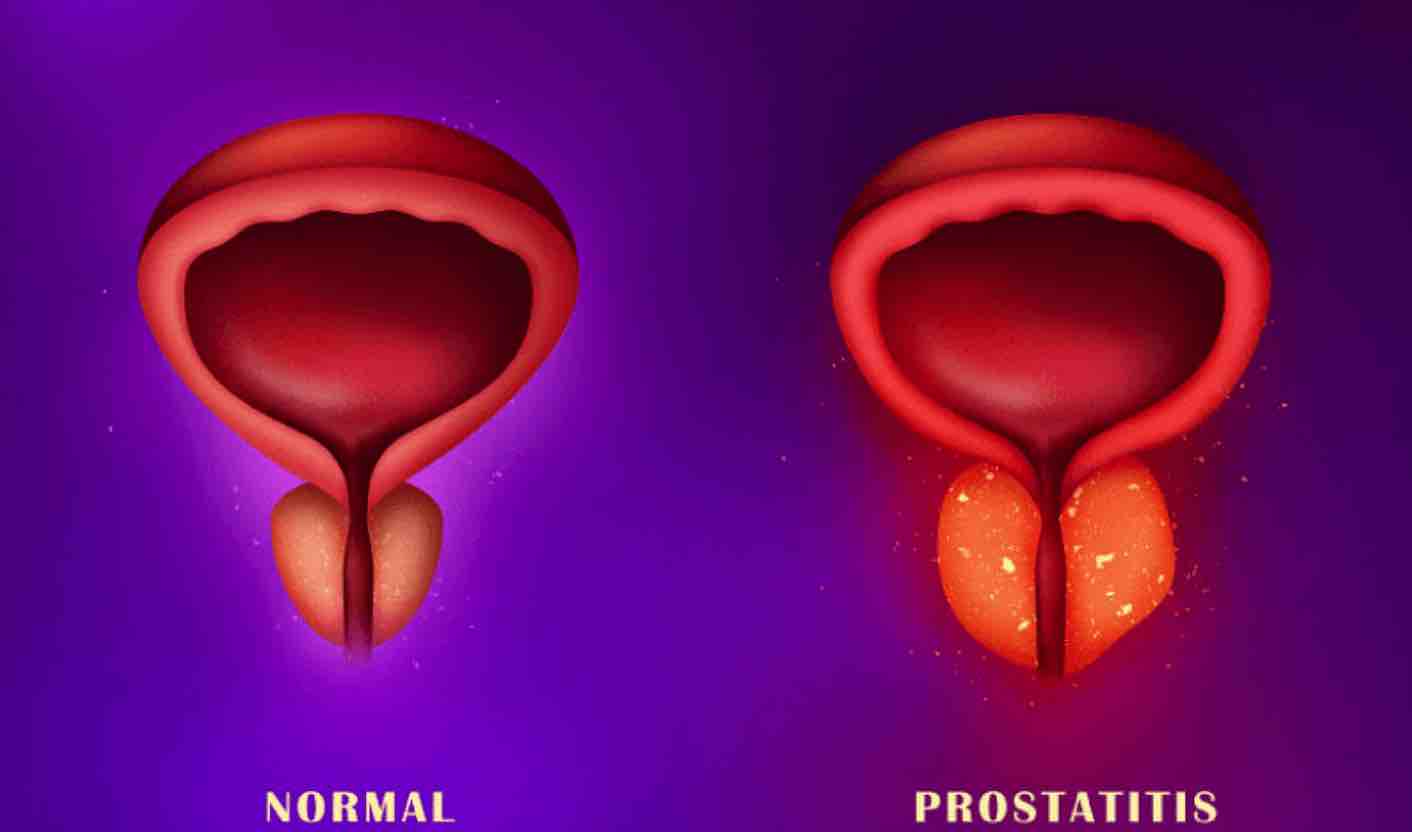
Prostate Enlargement: Symptoms, Diagnosis, and Treatment
Prostate enlargement, also known as benign prostatic hyperplasia (BPH), is a common condition among aging men. It occurs when the prostate gland, located beneath the bladder and surrounding the urethra, grows larger than usual. While prostate enlargement is not cancerous, it can cause bothersome urinary symptoms. In this guide, we’ll explore the symptoms, diagnosis, and treatment options for prostate enlargement, shedding light on this prevalent condition.
Symptoms of Prostate Enlargement:
- Urinary Symptoms: Prostate enlargement can lead to urinary symptoms due to compression of the urethra. Common urinary symptoms include:
- Frequent urination, especially at night (nocturia)
- Difficulty starting urination (hesitancy)
- Weak urine stream
- Dribbling at the end of urination
- Incomplete emptying of the bladder
- Urinary urgency and leakage (urge incontinence)
Causes of Prostate Enlargement:
- The exact cause of prostate enlargement is not fully understood, but it is believed to be influenced by hormonal changes associated with aging. Testosterone, the primary male hormone, is converted into a more potent form called dihydrotestosterone (DHT) within the prostate gland. DHT stimulates prostate cell growth, leading to enlargement over time.
Diagnosis of Prostate Enlargement:
- Medical History and Physical Examination: Your healthcare provider will review your medical history and perform a physical examination, including a digital rectal examination (DRE) to assess the size and consistency of the prostate gland.
- Urinary Symptoms Assessment: Your healthcare provider will inquire about your urinary symptoms and their impact on your quality of life.
- Diagnostic Tests: Diagnostic tests may include a urine flow study (uroflowmetry) to measure the rate and force of urine flow, a post-void residual volume measurement to assess bladder emptying, and blood tests to evaluate kidney function and prostate-specific antigen (PSA) levels.
Treatment Options for Prostate Enlargement:
- Watchful Waiting: In cases where symptoms are mild or not bothersome, a watchful waiting approach may be recommended. Regular monitoring of symptoms and periodic follow-up with your healthcare provider are essential.
- Medications: Medications such as alpha-blockers or 5-alpha reductase inhibitors may be prescribed to alleviate urinary symptoms and reduce prostate size.
- Minimally Invasive Procedures: Minimally invasive procedures, such as transurethral microwave thermotherapy (TUMT), transurethral needle ablation (TUNA), or prostate artery embolization (PAE), may be recommended for moderate to severe symptoms that do not respond to medications.
- Surgery: In cases of severe symptoms or complications such as urinary retention, surgery may be necessary to remove or reduce the size of the prostate gland. Common surgical procedures include transurethral resection of the prostate (TURP) or laser prostate surgery.
Conclusion: Prostate enlargement is a common condition that can cause bothersome urinary symptoms in aging men. Early diagnosis and appropriate management are essential for improving symptoms and preserving urinary function. If you’re experiencing urinary symptoms suggestive of prostate enlargement, it’s important to consult with your healthcare provider for evaluation and personalized treatment recommendations.
To book online select the date and time that suits you best – alternatively, please contact us with any questions via the chat, call or email links provided.
Telephone: 020 7101 3377

